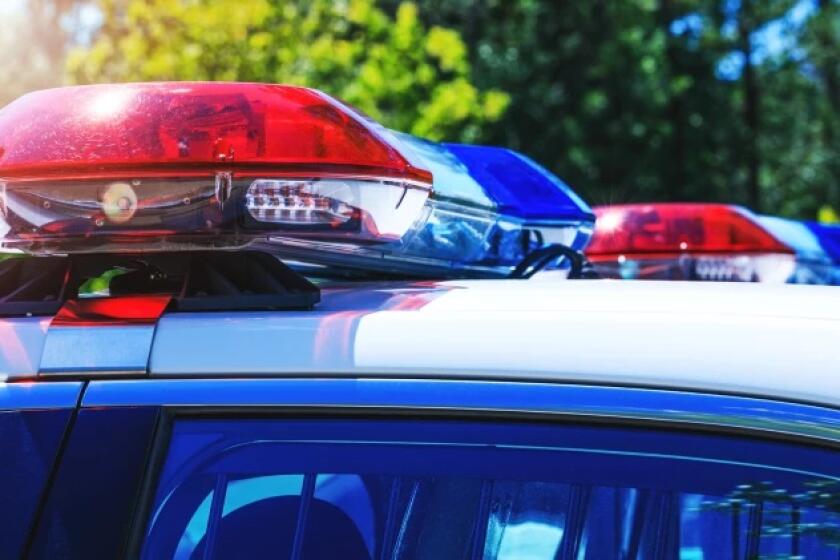Volunteer gets dirt on Back Bay
- Share via
UPPER NEWPORT BAY — When taking a walk with Don Millar, be prepared to make a few stops.
Wearing his trademark Indiana Jones-style hat and a tan vest, the volunteer naturalist might pull you off the path to show you an example of a halophyte, a salt-loving plant that lives near where fresh water from inland meets sea water.
Or maybe he’ll point out a patch of sagebrush and tell you it’s sometimes called “cowboy cologne,” because legend has it grubby cowboys would rub some on to freshen up.
When it comes to plants in the Back Bay, Millar literally wrote the book. Using his digital camera, he shot pictures of 162 types of plants that live in the area and compiled descriptions of them, including where they grow, when they flower and their scientific names.
His second edition was finished in 2005, and he burned out a printer creating it on his computer. Now the product of his labor, a tome about two inches thick, sits on the desk at the Peter and Mary Muth Interpretive Center.
“It’s an excellent guide. We make great use of it,” said Dick Newell, one of Millar’s friends and fellow naturalists. “It’s one of the best resources that’s available to anybody that works in salt marshes in Southern California.”
Millar’s journey from puzzled amateur to self-published expert began in 2001, when he began visiting the Upper Newport Bay on bike rides from his home in Santa Ana.
One day, he decided to jot his name on a volunteer sign-up sheet at an interpretive center, and pretty soon he was in a naturalist training class.
Next, he took his turn at the desk in the center, though he made sure it wasn’t truly a desk job by getting out to greet people and help them with questions.
Naturalist Bob DeRuff kept meticulous records of his 30 years of plant studies, and that inspired Millar, who recently retired from a career in mechanical engineering.
But DeRuff’s information was more technical, and Millar wanted something a naturalist like him could use. Then he got a digital camera.
He’d come by on his lunch break and take pictures of plants, and they started to add up. The first version of the book — with the appropriately simple title, “Some Common Plants of Upper Newport Bay” — was ready in 2003, but Millar said he immediately began revisions.
Two years later came version 2. He makes updates to the CD-ROM version of the guide, and he gave copies to friends who helped gather the information. For now, the only hard copy is at the interpretive center, although offering the guide for sale has been discussed.
Newell said what makes Millar’s guide special is that while most published field guides are general, maybe describing all types of wildflowers or the plants of Southern California, his is specific to the Back Bay’s habitat.
Millar is also interested in the area’s birds and wildlife, but those are much harder to photograph.
“You get too close to a bird, it scares it away,” he said. “The plants, they kind of stay there — they’re rooted in the ground.”
Millar said he probably spends about 30 hours a month in the Back Bay, leading naturalist walks and boat tours, and helping with bat and bird surveys.
It’s important to him to help undo the damage people and time have wrought on the Back Bay over the years, because it’s sort of his outdoor gym — but there’s more to it than exercise.
“Part of it is giving back,” Millar said. “I really feel that the debt that we owe not only to the planet but to the people that came before is almost insurmountable.”
Volunteer naturalist Don Millar created a guide to the plants of the Upper Newport Bay. A copy of the guide is on display at the Peter and Mary Muth Interpretive Center, 2301 University Drive, Newport Beach, or it can be viewed here. Or, watch a video of Millar discussing plants.
All the latest on Orange County from Orange County.
Get our free TimesOC newsletter.
You may occasionally receive promotional content from the Daily Pilot.








